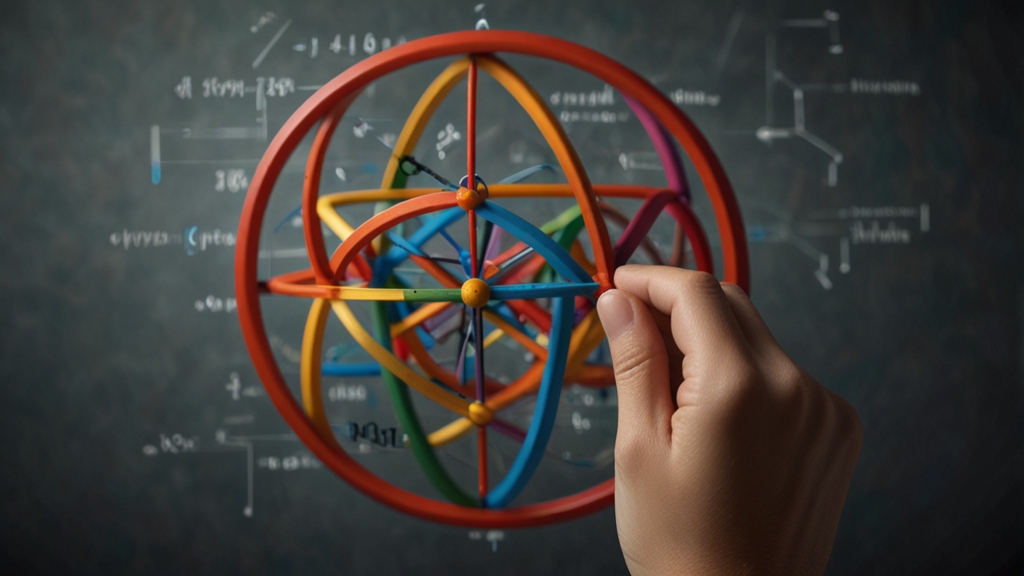From Novice to Ninja Master C in Just 30 Days
Embarking on the journey to master a programming language can often seem like a daunting task, especially when it’s as established and intricate as C. However, with the right approach and dedication, transforming from a novice to a ninja master in C within just 30 days is more than just a possibility. Here’s a structured plan to guide you through this transformative journey.
Week 1: Building the Foundation
The first week is all about getting familiar with the basics of C programming. Start by setting up your development environment. Install an IDE like Code::Blocks or an editor like Visual Studio Code, and ensure you have a compiler like GCC installed.
Day 1-2: Introduction to C
Begin with understanding what C programming is about and explore its historical context. A good starting point is Learn-C.org which offers hands-on exercises.
Day 3-4: Variables, Data Types, and Operators
Spend these days understanding the various data types available in C, such as int, float, char, and familiarize yourself with operators like arithmetic, relational, and logical operators.
Day 5-7: Control Flow
Learn how to control the flow of your program using conditional statements like if, else, switch, and loops such as for, while, and do-while. Practice by writing simple programs that incorporate these control flow mechanisms.
“Control flow mechanisms in C provide the skeleton for structuring your programs efficiently.” - Anonymous C Programmer
Week 2: Diving Deeper
Day 8-10: Functions
Functions are the building blocks of a well-organized program. Begin by learning how to define and call functions, then move on to understanding the concepts of pass-by-value and pass-by-reference.
Day 11-13: Arrays and Strings
Learn how to handle arrays and strings. Master how to iterate through arrays and manipulate strings using built-in functions. This will be crucial for managing collections of data and text processing.
Day 14: Pointers Overview
Pointers can be intimidating, but they are an essential part of C. Begin with the basics – understanding what pointers are, how to declare them, and how to use them with basic data types.
Week 3: Advanced Concepts
Day 15-17: Structures and Enums
Learn how to use structs and enums to create more complex data types that reflect real-world entities and states.
Day 18-20: Dynamic Memory Allocation
Understand how to dynamically allocate and deallocate memory using malloc, calloc, realloc, and free.
Day 21: Pointers to Structures
Combine your knowledge of pointers and structures to create dynamic data structures like linked lists. Start simple and gradually build more complex structures.
Week 4: Mastery and Application
Day 22-24: File I/O
Learn how to read from and write to files. Practice by creating programs that perform file operations, such as reading a file line-by-line or writing user input to a file.
Day 25-27: Debugging and Optimization
Develop your debugging skills using tools like GDB. Also, learn how to profile and optimize your code for better performance.
Day 28-30: Final Project and Review
Apply all the knowledge you’ve gained by working on a final project. This could be something like a simple text-based game or a basic database management system. Review all the concepts and ensure you revise areas where you feel less confident.
“Coding is not just about writing code, but about thinking in a way that enables you to solve problems efficiently.” - Dennis Ritchie
Conclusion
By following this structured 30-day plan, you can transition from a complete beginner to a proficient C programmer. Remember, becoming a ninja master in C requires not just following these steps, but also a commitment to continuous practice and learning. The journey of mastering C doesn’t end in 30 days – it’s an ongoing process of growth and discovery in the vast world of programming.










